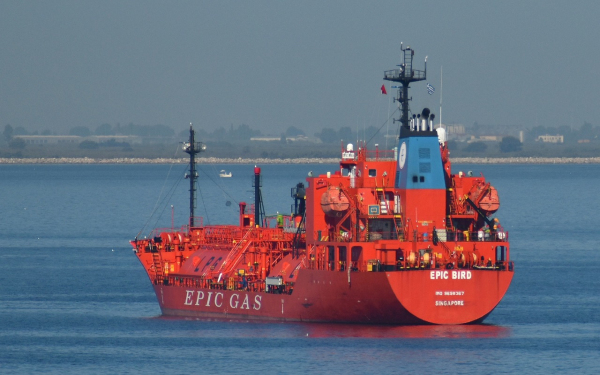
Hillcrest Energy Technologies. (CSE: HEAT)
From concept to commercialization, Hillcrest is investing in the development of energy solutions that will power a more sustainable and electrified future.

Morgan Stanley’s commodity analysts recently predicted an unprecedented historical oversupply in the natural gas market, attributed to the rapid growth in liquefied natural gas (LNG) production capacity. This includes 400 million tons of existing capacity and an additional 150 million tons of capacity under construction.
However, this prediction overlooks a crucial factor—the growth in demand. Recent data released by Kpler revealed record liquefied natural gas (LNG) imports in Asia last month, with China, India, and Thailand being the top three buyers. India showed a 30% increase in LNG purchases compared to the same period last year, while China saw a 22% growth.
The record-breaking LNG imports in Asia are driven by falling prices, influenced by reduced LNG purchases in Europe. European LNG purchases declined as their gas storage facilities reached full capacity. Due to relatively mild winter weather, the gas procured in advance of the heating season in Europe remained unused. Combined with sluggish industrial activities, Europe recorded record gas storage levels by the end of this heating season, suppressing natural gas prices.
Nevertheless, a crucial fact remains—once prices decline, the demand for LNG will rebound swiftly. This indicates that the longer natural gas prices remain low, the stronger the demand, especially from countries looking to reduce coal consumption. Such countries are not few, as many nations opt for natural gas due to its lower carbon emissions compared to coal amidst the pressure for carbon reduction and energy transition. Just two years ago, when Europe bid higher, these countries were pushed out of the market. With prices falling again, they are re-entering the market, thereby boosting demand.
Apart from the potential demand in the Asian market, artificial intelligence (AI) is expected to drive stronger growth in natural gas demand. With the development of AI, data centers are consuming substantial amounts of power and are projected to consume even more in the future. According to the International Energy Agency (IEA), the power demand from data centers is expected to double from 2022 to over 1000 terawatt-hours by 2026. While major tech giants pledge to use low-carbon energy, wind and solar energy might not meet the surging power demand, making gas-fired power generation a natural solution that offers more stable power supply than renewable energy sources.
Furthermore, the question arises whether the growth in natural gas supply will be as extensive as anticipated by Morgan Stanley. Analysts suggest that U.S. natural gas exporters are planning a significant increase in new LNG production capacity, although the successful completion of these projects remains uncertain. Projects like Tellurian Inc’s (NASDAQ: TELL) Driftwood LNG project and Venture Global’s second LNG plant exemplify this uncertainty.